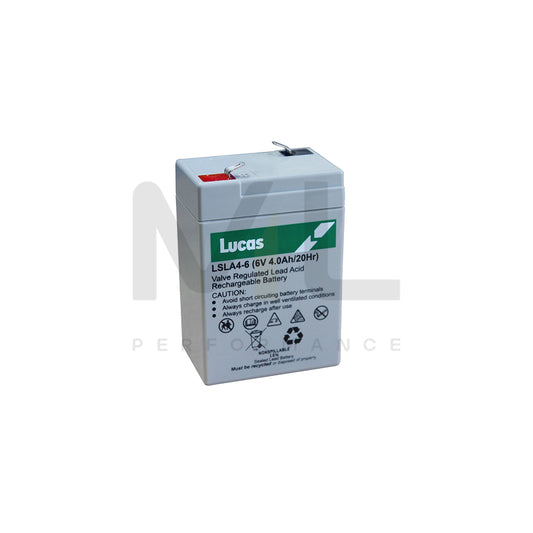Again, another parts development directly from our 135i Time Attack racing program. The factory diverter valves were causing an issue of not being able to hold up against the rigors of high boost application, therefore they needed to be replaced. Thus attention was brough to the factory diverter valve pipe and the need to optimize for maximum performance on a race car facilitated the need for a new pipe to be built. Often ignored, charged intake airflow characteristics greatly affect throttle response, turbo lag and ultimately maximum power potential. Smooth bends and minimal obstructions are ideal. This is not the case with the factory diverter valve charge pipe. On the factory diverter valve chargepipe features a sound baffle for the diverter valves. This sound baffle is connected on the side of the factory diverter valve charge pipe which splits airflow. This causes turbulence inside the pipe which slows the charge intake air velocity (speed of the air travelling inside the pipe). By removing this turbulence (by eliminating the factory diverter valve sound baffle), increased throttle response, decrease turbo lag and ultimately higher maximum power potential can be realised. Our Diverter Valve Charge Pipe eliminates this sound baffle and thus eliminating the unnecessary turbulence in the diverter valve pipe, keeping charge intake air velocity at it's maximum. Apparently, BMW thought the same thing as later model (2009-10) did not come with this baffle.
Since one of the reasons for changing out the factory diverter valves was to prevent boost leaks (from prematurely opening on high boost), causing boost leaks while upgrading the diverter valve would be counterproductive. During our research and development, the connection at the throttle body was looked over very carefully. The factory diverter valve is connected to the throttle body using an o-ring inside the throttle body flange which is locked in place by a c-clip, which works very well. It also make removal/installation quick and easy. Our testing had shown it could hold quite a bit of boost. During our testing, we had pressure tested this connection up to 25 PSI. The reason why we stopped at 25 PSI was because at 25 PSI, one of the intake pipes on the turbo blew off and we could not test any higher. Hoewver, we were confident that it would easily hold over 25 PSI as the throttle body flange showed no signs of failing. Also, keep in mind, this type of connection is used throughout the engine, in many crutial areas like the coolant radiator system as well as the clutch system. If BMW did not believe in the durability of this type of connection, they would not use it in such important areas.
Many of our competitors use a silicone hose connection for the throttle body connection. It is not designed for a silicone hose connection which is used by all the other brand diverter valve pipe upgrades in the market. The throttle body lip is too short and there are no "beads" to prevent the silicone hose from blowing off under boost. Even though it is the easiest way to "rig" together, it is not ideal. The best way to connect the new diverter valve pipe to the throttle body is to replicate the same connection which we did. We spent a lot of resources developing and manufacturing this factory style connection for this reason.
You may wish to consider the replacement OEM C-clip and O-ring if your stock one is missing, damaged or perished.



























